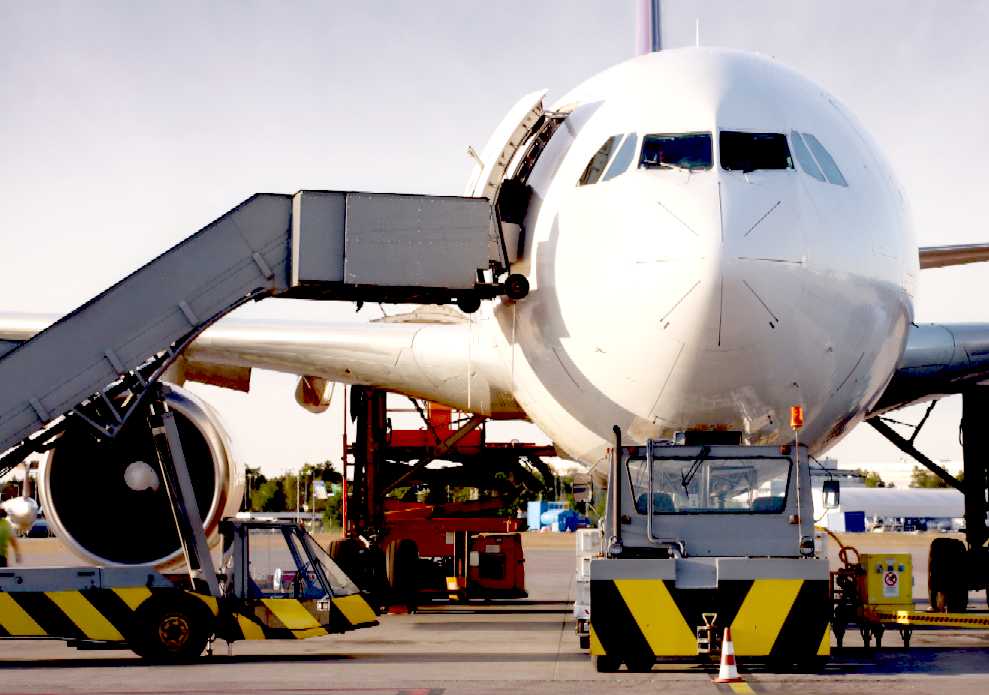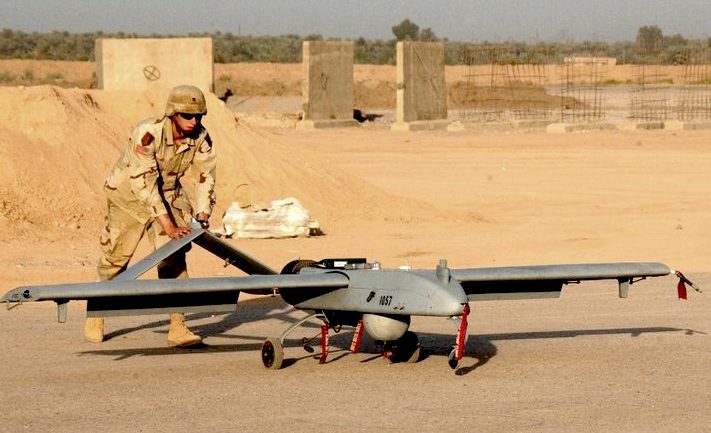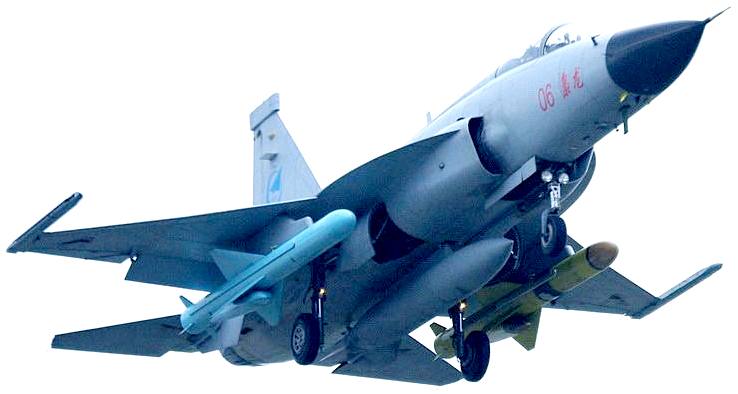|
FAA, CAA, MAA
|
|
|
FEDERAL AVIATION AUTHORITY - FAA
The Federal Aviation Administration (FAA) is the national aviation authority of the United States. An agency of the United States Department of Transportation, it has authority to regulate and oversee all aspects of American civil aviation. The Federal Aviation Act of 1958 created the organization under the name Federal Aviation Agency. The agency adopted its current name in 1966 when it became a part of the U.S. Department of Transportation.
CIVIL AVIATION AUTHORITY - CAA
The Civil Aviation Authority (CAA) is the statutory corporation which oversees and regulates all aspects of civil aviation in the United Kingdom. The CAA head office is located in the CAA House on Kingsway in Holborn, London Borough of Camden. The CAA Safety Regulation Group is in the Aviation House in Gatwick Airport in Crawley, England.
MILITARY AVIATION AUTHORITY - MAA
The
MAA is part of the Ministry of Defence (MOD). It is an independent and autonomous organization responsible for the regulation, surveillance, inspection and assurance of the Defence Air operating and technical domains.
The MAA functions to ensure the safe design and use of military air systems in
the UK, and that appropriate standards of Air Safety are maintained in delivering operational capability.
REGULATORS v POLICING WITH DRONES
The widespread use of drones during the war on Al Qaeda in the Middle East has generated significant debate about the use of unmanned systems in a combat role in general. We were ourselves concerned at what appeared to be butchery of a helpless nation. Thus, we are treating this subject with the attention it deserves. It may boil down to proportionality - that of course assumes adequate built in command and control safety features to ensure a proportional response.
For the purposes of this subject, we are assuming that weaponized unmanned aircraft systems of increasing complexity and degree of autonomous operation will be deployed in the future by nearly all countries operating ships, etc. Indeed, that is our mantra. The focus of our analysis will be on the legal compliance as relates to the deployment of Seawolf enabled vessels, two examples of which are depicted below, the robot version a logical development from a reduced crew autonomous ship.
UNITED KINGDOM
In 2007, Merseyside Police was reported to be conducting tests with a UAV. Merseyside Police caught a car thief with a UAV in 2010, but about a week later had to stop UAV operations as the UAV was not licenced. Regulations introduced at the start of 2010 required any aerial surveillance by unmanned aircraft - no matter the size of the drone - to be licenced. A licence was granted by the Civil Aviation Authority but the UAV was lost soon after during a training exercise in Aigburth, Liverpool, when it crashed in the River Mersey. and the police stated the UAV would not be replaced due to operational limitations and the cost of staff training.
USA SURVEILLANCE & POLICING
UAVs can be powerful surveillance tools by carrying camera systems capable of license plate scanning and thermal imaging as well as radio equipment and other
sensors. The Electronic Frontier Foundation filed a Freedom of Information Act request on 10 January 2012 against the Federal Aviation Administration. As a result of the request, the FAA released a list of the names of all public and private entities that have applied for authorizations to fly UAVs domestically. Some of these government licenses belong to the U.S. Customs and Border Protection, a component of the Department of Homeland Security. UAVs have been used by U.S. Customs and Border Protection to patrol United States borders since 2005, and the agency currently owns 10 UAVs with plans to use armed drones.
The use of drone aircraft that killed civilians during recent conflicts started the legal ball rolling, with most navies now realizing that robots at sea are both legal and necessary. Conventional research establishments such as the CDE, DSTL and DARPA cannot move fast enough to keep pace with experimental models from SMEs. But, most SMEs are not MOD or NATO approved, never could be and would not want to be so bound - such as to limit potential.
Any nation may use unmanned vehicles to defend their sovereign territory, provided that they comply with the rules of war.
In light of the obvious advantages in terms of reduced cost and lesser risk of loss of human life, drones will feature more an more. That phenomenon, coupled with the advent of unmanned ships, could mean that wars will be fought by robots in the future, robots controlled by humans, such as in the science fiction film Pacific Rim.
PROHIBITION
Next, neither international treaty nor customary law specifically prohibits the development and use of unmanned systems in military operations. In fact, there is no international law particular to robotic (unmanned) systems at all. There are though other laws applying to war in general that we must observe.
A PLATFORM IS NOT A WEAPON
Where we are concerned with zero carbon transport, we note that the term “weapon” does not include launch or delivery platforms including, but not limited to, ships or aircraft, but rather the weapons or weapon systems contained on those platforms. Thus, development of our platform is not subject to rules of war, only rules of the sea. That said we are keen to take this further for those interested in keeping the peace. Peace bringing economic stability.
GENEVA CONVENTION
CONSIDERATIONS
This imposes a duty on governments to ensure that the applicable rules are complied with. The duty does not apply to us, nevertheless we aim to incorporate failsafe algorithms and other safety features as part of our project development by way of easing the burden on navies considering ways of improving peacekeeping while also reducing the burden to the taxpayer, hence National Debt.
Pakistani fighter-jet aircraft fitted with anti-ship cruise and SAM missiles, not unlike that described for the robot warship development seen below. Autonomous marine robots may carry significantly more missiles and stay at sea on patrol almost indefinitely. There is no quartermaster and no crew to feed, save at onshore control centers.
SEMI AUTONOMOUS
“Fully autonomous” signifies full-scale autonomy, with a weaponized ASV making mission decisions from identification to classification to firing, based on pre-programmed parameters.
WAR CRIMES
Article 49 of Geneva Convention provides that ratifying parties must enact domestic legislation that provides “effective penal sanctions for persons committing, or ordering to be committed, any of the grave breaches” of the Convention. It further obligates parties to search for persons alleged to have committed such offenses and either bring them before their own courts, or hand them over to another party for prosecution when that party has ‘made out a prima facie case’ as to the matter.
Such responsibility extends down through the chain of command or control to those giving a "semi-autonomous" warship the command to fire. Thus, both a commander who orders an unlawful attack, and any subordinate who complies with such an order, would be individually responsible and criminally liable for those attacks. Commanders may also be criminally responsible if they knew, or should have known, their subordinates were committing, were about to commit, or had committed war crimes and failed to take all reasonable and available measures to prevent their commission or to punish those responsible. That this law is extant, no alteration to this rule is necessary or desirable.
LEGAL REVIEW
LINKS & REFERENCE
MAA Military Aviation Authority MOD UK Wikipedia Civil_Aviation_Authority FAA Federal Aviation Authority Wikipedia Military_Aviation_Authority Wikipedia Federal_Aviation_Administration http://www.maa.mod.uk/ http://en.wikipedia.org/wiki/Civil_Aviation_Authority_%28United_Kingdom%29 http://www.caa.co.uk/ http://www.faa.gov/ http://en.wikipedia.org/wiki/Military_Aviation_Authority http://en.wikipedia.org/wiki/Federal_Aviation_Administration
SUBMARINE INDEX
Alvin DSV - Woods Hole Oceanographic Institution HMS Astute 1st of Class HMS Vanguard- Trident INS Sindhurakshak - explosion & sinking Lusitania - Torpedo attack Nuclear submarines lost at sea Predator - Covert submarine hunter/killer Seawolf - Autonomous wolf pack deployment of Predator mini-subs Torpedoes - UUV anti submarine weapons U20 - Kapitan Leutnant Walther Schwieger USS Bluefish WWI submarine USS Bluefish - Nuclear submarine USS Jimmy Carter - Seawolf class fast attack nuclear submarine USS Nautilus - 1st nuclear submarine & subsea north pole passage
AIRCRAFT CARRIER INDEX
Cavour - Italy Chakri Naruebet - Thailand Clemenceau - France Dokdo - Republic Korea Gerald Ford Class - USA Hyuga - Japan Invincible - UK Kuznetsov - Russia Liaoning - China Nimitz - USA Principe de Asturias - Spain Queen Elizabeth - UK Vikrant Class - India
WARSHIPS
Bismarck - Battleship - Germany Type 23 - Duke class frigate - UK Type 26 - Global combat ship - UK Type 45 - Daring class destroyer - UK Electric prototype - USA
|
|
|
This website is Copyright © 2014 Bluebird Marine Systems Limited. The names Bluebird™, Bluefish™, ZCC™ and the blue bird and fish in flight logos are trademarks.
|




